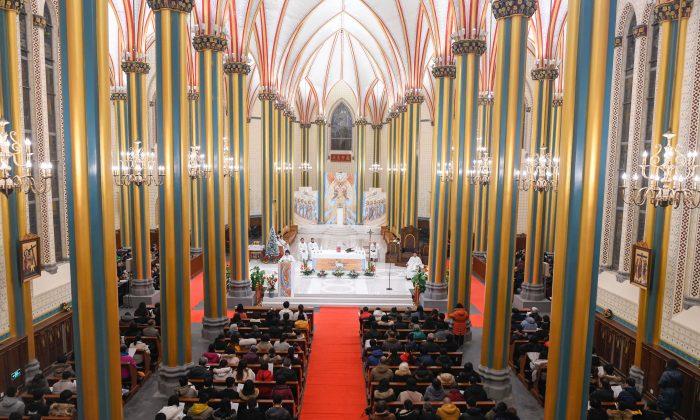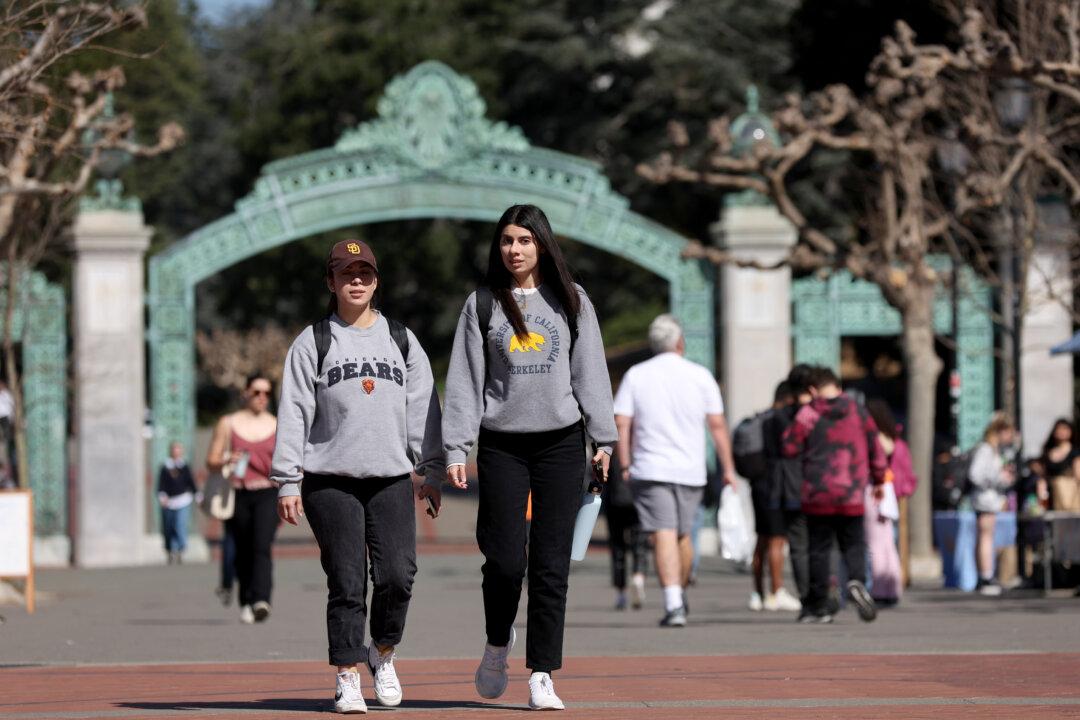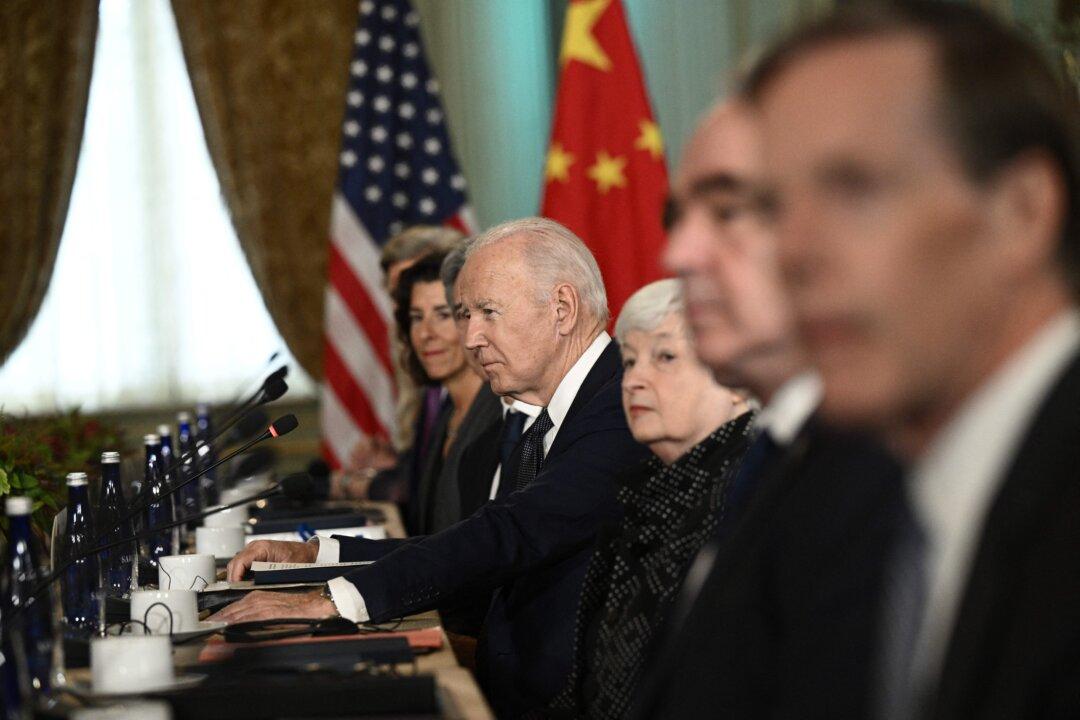For religious believers in China, things are rapidly going from bad to worse. And the Chinese Communist Party (CCP) has made it clear that its “sinicization” campaign—turning churches into an arm of the state—is only just getting started.
The present wave of persecution began last February, when harsh new restrictions on religious activity were put in place. It has continued to pick up speed in the months since, as churches and mosques have been destroyed or defaced.
China’s Muslims are also under siege, especially the Turkish-speaking minorities of the Far West. Over the past year, more than a million Uyghurs and Kazakhs—out of a total population of only 10 million—have been sent to re-education camps. There they are required to speak only Chinese, forced to eat pork and drink alcohol, and told that all religions are nothing more than superstition.
The persecution of Tibetans and Falun Gong adherents is also reaching new heights. Even China’s tiny Jewish community, centered in the ancient city of Kaifeng, has not escaped the wrath of the authorities. In an eerie reprise of Kristallnacht, the authorities trashed their makeshift synagogue (they are forbidden from building a new one), ripping Hebrew scriptural quotations off the walls and filling in the ritual bath with dirt and stones.
It is important to understand that the Party is not beating down believers because these oppose the official state ideology of “socialism with Chinese characteristics.” The vast majority accept Communist rule. They just want to be left alone to practice their faiths in peace—a right supposedly guaranteed by the PRC’s Constitution.
The Catholic Church has gone even further in its efforts to appease China, entering into a still-secret agreement with the Communist Party last September over the appointment of bishops. But the Party’s war on religion has continued.
The real issue, in my view, was that tens of thousands of pilgrims from all over China visited these shrines each year to pay tribute to the Mother of God. Such a public display of loyalty to something other than the Party and its leaders went directly counter to its push for sinicization and could not be allowed to continue.
Some Westerners still seem to believe that sinicization is merely intended to free Chinese Christianity and other religions from foreign entanglements. What it really is, however, is a far-reaching political campaign intended to transform all religions in China into instruments of state control.
This is why the CCP has imposed a whole host of new restrictions on religious activity within China’s borders. And it is also why the state is aggressively invading the sanctuaries of churches it allows to stand.
The authorities are appointing church leaders, including Catholic bishops, who state openly that their primary loyalty is to the Party, rather than to their faith. The Bible is being rewritten under Party supervision to emphasize loyalty to the state. Pastors and priests are being ordered to hang the PRC flag and the portraits of Communist Party leaders above their altars. Those who offer any resistance to the state’s encroachments are accused, like Pastor Wang, of seeking to subvert the state.
This is not the first time this has happened.
After taking power in 1933, Hitler embarked on what he called Nazification. In order to bring the churches into line with the state, pastors and priests were ordered to hang swastikas around their altars, and display his picture in prominent places. Theologians were recruited to retranslate the Bible so that it conformed to Nazi thinking. And those who resisted these encroachments were arrested and charged with treason.
The ultimate goal of Nazification was the worship of the Third Reich and its leader, Adolf Hitler.
Facing intensifying persecution, nearly all of China’s Christian churches are more than willing to “render unto Caesar what is Caesars, and what is God’s unto God.”





